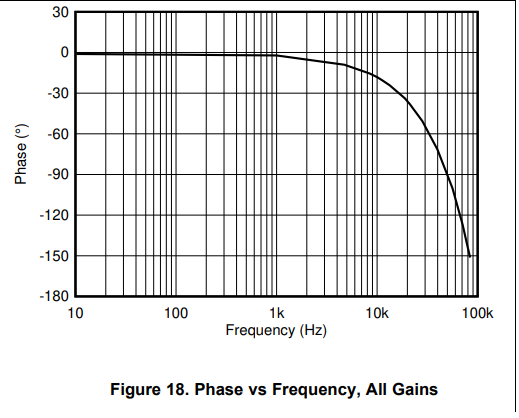Other Parts Discussed in Thread: MSP430I2021, EVM430-I2040S, TMCS1100
Dear *,
i want to measure AC power ( AC voltage x AC current ) ( digital sampling) for non linear loads ( current is non sinusoidal).
AC voltage 230V 50Hz MAX ±16A
1) which part from the Device Comparison Table TMCS1101 is best to use for ±16A max?
2) what is the smallest current that i can detect and measure? and what is the current step if 5V supply is used?
3) can we also use 3.3V supply with TMCS1101?
4) what is the sensing delay of the TMCS1101? ( i want to sample voltage and current in the same time to get accurate AC power in time)
4a) if i have resistor divider to measure AC voltage connected to ADC of MSP430 -> for voltage sense there is no delay is that correct?
4b) and for AC current i have TMCS1101 , the output is connected to ADC of MSP430 -> here the TMSC1101 cases a delay is that correct?
Is it possible then to synchronize the AC voltage and AC current measurement, so that we get the AC voltage sample and AC current sample in the same time?
5) do i need zero cross detect of AC voltage to synchronize the two ADC ?
Best Regards.


